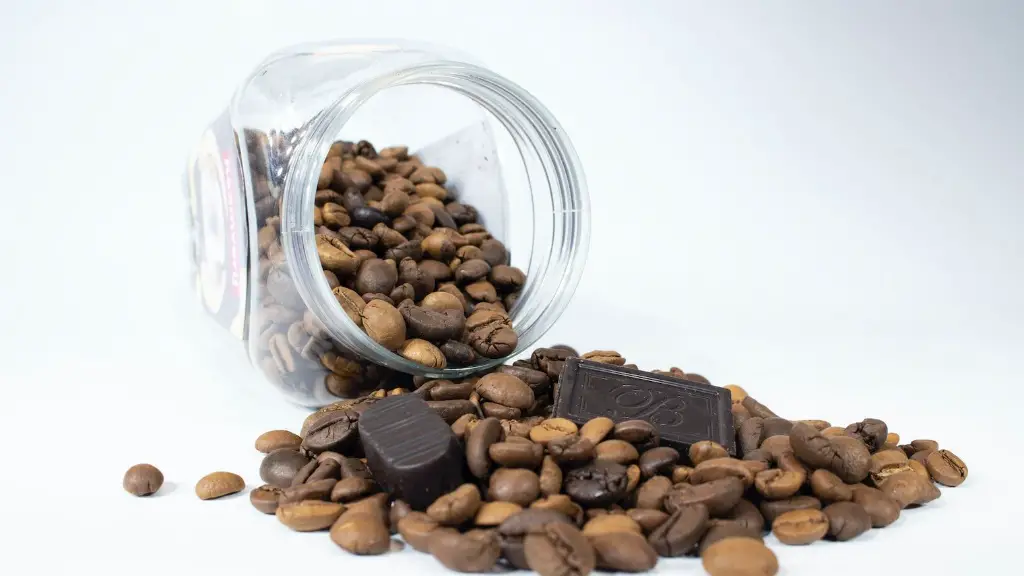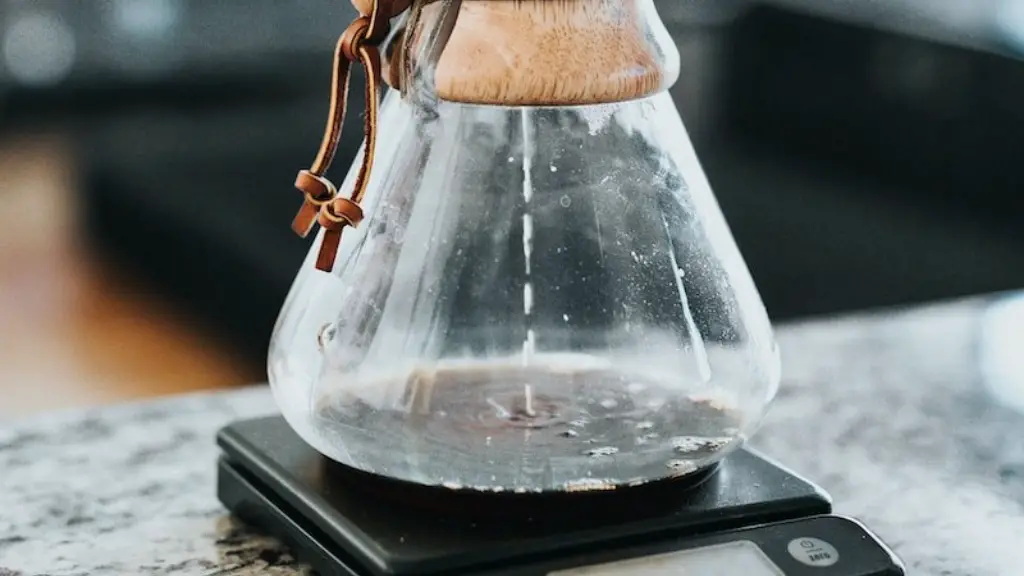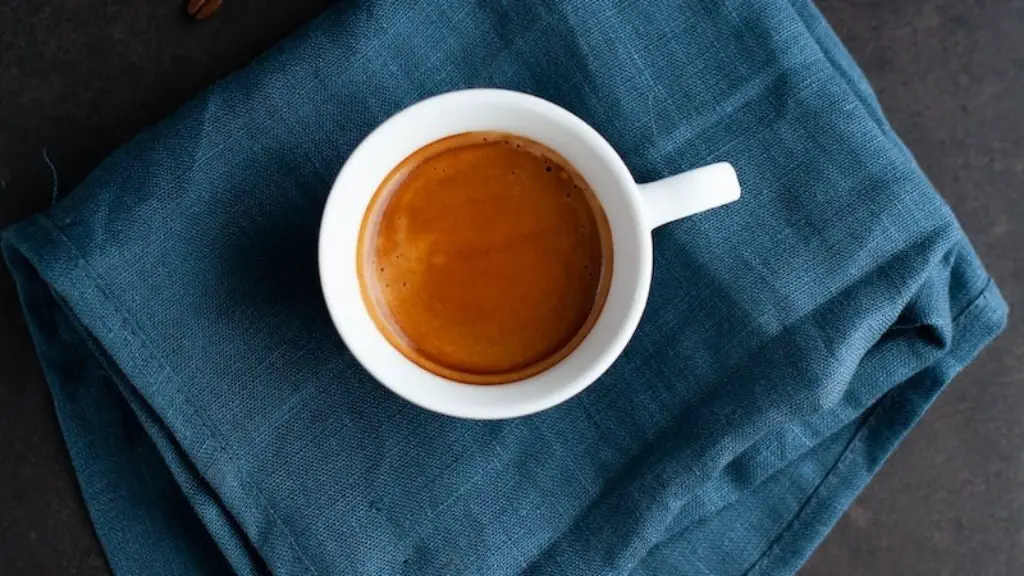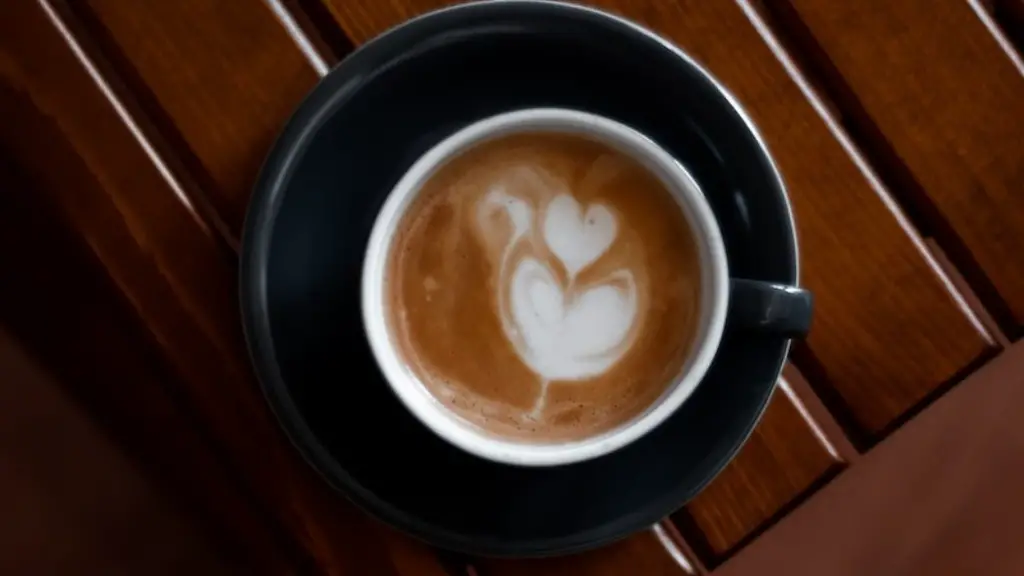Coffee beans are the starting point of a great cup of Starbucks coffee.
Starbucks is known for its high-quality coffee, so it’s no wonder that the roasting process behind its delicious coffee is a carefully calibrated journey. Starbucks coffee is roasted in small batches, using artisanal techniques that have been honed by their master roaster to produce coffee of the highest quality.
The coffee roasting process begins with Green Coffee, which is coffee that has not yet been roasted. Green Coffee beans are typically sourced from coffee farms located in Latin America and the Pacific Islands, as well as other parts of the world. The beans chosen for roasting are first carefully analyzed for quality and sorted for size, shape, color, and moisture levels. Once the Green Coffee beans are deemed suitable for roasting, they are placed in a roaster and heated to temperatures between 370°-540° Fahrenheit. The length of time the beans are roasted depends on the type of bean, the preferred flavor profile, and the desired roast color.
During the roasting process, the beans are constantly monitored and adjusted to ensure that they are roasted to the desired flavor profile. The beans are then cooled quickly to stop the natural roasting process. As the beans cool, they continue to develop even more flavor as the sugars and oils found within the beans caramelize into delicious brew-worthy bliss.
At this stage, the roasters will finely tune the flavor by adding a variety of ingredients, such as natural spices, fruits, and vanilla beans, to add complexity and depth of flavor to specific blends. The ingredients added to certain blends vary, but all of them go through a final flavor analysis to ensure the flavor profile is balanced and consistent.
After the roasting process is complete, the beans are carefully packaged and shipped to Starbucks stores so that customers can enjoy the fruits of the master roaster’s labor. The final result? Delicious coffee, crafted with an exacting level of precision.
History Of Starbucks Roasting Techniques
Starbucks has been roasting its coffee in small batches since the company was founded in 1971. The company began experimenting with roasting techniques that had never before been attempted in the United States. Starbucks’ roasting techniques have evolved over the years with the assistance of flavor scientists, cuppers, blenders and small batch mixers who help craft the perfect flavor profiles for each of their coffee blends.
Starbucks has made a name for itself with its innovative roasting techniques and its dedication to quality. The company has been recognized for its expertise by receiving countless awards from some of the top coffee industry associations, such as the Specialty Coffee Association of America, Golden Bean Awards, and World Coffee Championships.
Starbucks’ innovative roasting techniques and commitment to quality has helped to set the company apart from its competitors and to become one of the top specialty coffee companies in the world.
Coffee Varieties Used By Starbucks
Starbucks roasts a variety of coffees, from light-roasted blends that are naturally sweet and smooth, to full-bodied dark-roasted coffees that have an intense, smoky flavor. The company offers selections of both single-origin coffees and blends.
Starbucks’ most popular coffee varieties include African coffees like Ethiopia Yirgacheffe, Latin American coffees like Colombia, and Indonesian coffees like Sumatra. The company also has a variety of signature blends, such as House Blend, Pike Place Roast, and Decaf House. All of these coffee varieties are carefully roasted using Starbucks’ signature techniques.
Roast Optimization For Flavor
Starbucks is continuously optimizing its roasting process to ensure that its coffee is the best quality it can be. In recent years, the company has begun experimenting with new roasting techniques, such as the addition of nitrogen during the cooling process, to further enhance the flavor of its coffees.
The company also constantly tests its coffee blends, assessing the flavor before, during, and after roasting to ensure that each coffee meets Starbucks’ high standards. This process requires the knowledge and expertise of a master roaster to ensure that the coffee is roasted to perfection.
Benefits of Roasting Coffee
The roasting process not only unlocks the flavor of coffee, but it also has many other benefits. As the beans are roasted, they become more durable, making them easier to transport and store. Roasting coffee also helps to eliminate potential harmful bacteria and mold.
The process also releases a number of powerful antioxidants, such as chlorogenic acid, which can help boost the immune system and reduce the risk of certain chronic diseases. Increased levels of caffeine are also released during the roasting process, giving coffee its unique flavor and energizing properties.
Social Impact of Starbucks Roasting Process
Starbucks is committed to sourcing its coffee responsibly, and making sure that its coffee beans are ethically sourced. The company works with partner organizations, such as Coffee Quality Institute and Sustainable Harvest, to ensure that its coffee-growing partners are properly compensated and have access to the resources they need to support the success of their farms.
Starbucks is also dedicated to reducing its carbon footprint and to mitigating its environmental impact. The company is collaborating with various organizations, such as Conservation International and Project WET, to advance sustainable water usage practices, as well as developing strategies to reduce waste and recycle used coffee beans.
Final Thoughts on Starbucks Roasting Process
It takes a lot of hard work and care to create a cup of delicious Starbucks coffee, and the roasting process is a crucial part of that journey. Starbucks’ care for quality, flavor, and responsible sourcing is evident in every sip, and their commitment to sustainability guarantees that every cup of Starbucks coffee is as good for the world as it is for its customers.




